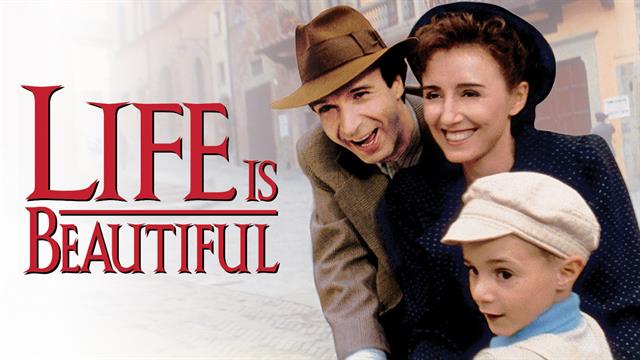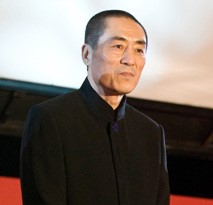Comments on Not One Less
The Chinese director Zhang Yimou has a rare gift for dramatizing highly theatrical stories in highly naturalistic settings. His movie,
Not One Less, is simple and yet emotionally affective. The mayor of a small village in western China replaces the local schoolteacher, away for a month, with a 13-year-old substitute barely older than her unruly students.
Wei Minzhi has a wide-open face with flushed cheeks. It takes a while to warm up to her, because she seems all too well adapted to her role as martinet. Her drive is a little frightening in someone so unformed, but she becomes a true heroine when a student, Zhang Huike, is forced into the city to earn money for his family. Minzhi, who has been promised a bonus by the mayor if all her students remain enrolled, connives her way into the city to bring back Huike, a student with a naughty urchin's grin who has given her nothing but trouble.
The village scenes and the city scenes have a mysterious connectedness. Together they seem to take in the whole range of quotidian life. Minzhi's search for Huike, seen at various points in the story alone and scavenging for food, becomes her passion. We can see how all her pride, devotion and willfulness are wrapped up in this little boy's plight. Seemingly unlocatable in the urban sprawl, Huike has no idea that he is being searched by his teacher.
When Minzhi, hoping to spread the word, manages to get herself interviewed on a television news program, she clams up at first, but then her concern and sorrow break through and Huike, seeing the spectacle on TV, cries along with her. It's one of the most improbably satisfying love scenes on film, but Zhang Yimou doesn't milk the moment. He's a stringent sentimentalist, and so, when our emotions well up, we don't feel like we're being played for fools. His feeling for these children is deep, and he honors them with the full measure of his respect. They have the mettle to survive poverty, and it shows in their brazen, lyrical faces.
Education in rural areas
Based on the film, we can clearly see that the children that live in poverty have to suffer greatly just to take a grasp in a bit of education, something that we city folks take for granted. The schools in rural areas are not even safe to be teaching in and yet every day students and teachers alike in rural areas risk their life in an unstable, dirty building with nothing but a piece of chalk and a flimsy blackboard to teach students.
The movie opens our eyes and tells us that we should pursue education while we still can, as we have plenty of it in the city and yet very few do so. At the ending of the movie 'Not One Less', the school received donations from kind patreons, one of which were lots of chalk. Minzhi and her students are very happy for the donations to the school as these can boost the students' education.
As there are very few fortunate rural areas that receive donations from others, the others that don't suffer greatly. Therefore, we must do everything in our power to contribute at least something useful to them so that children in rural areas can pursue their hopes and dreams.








